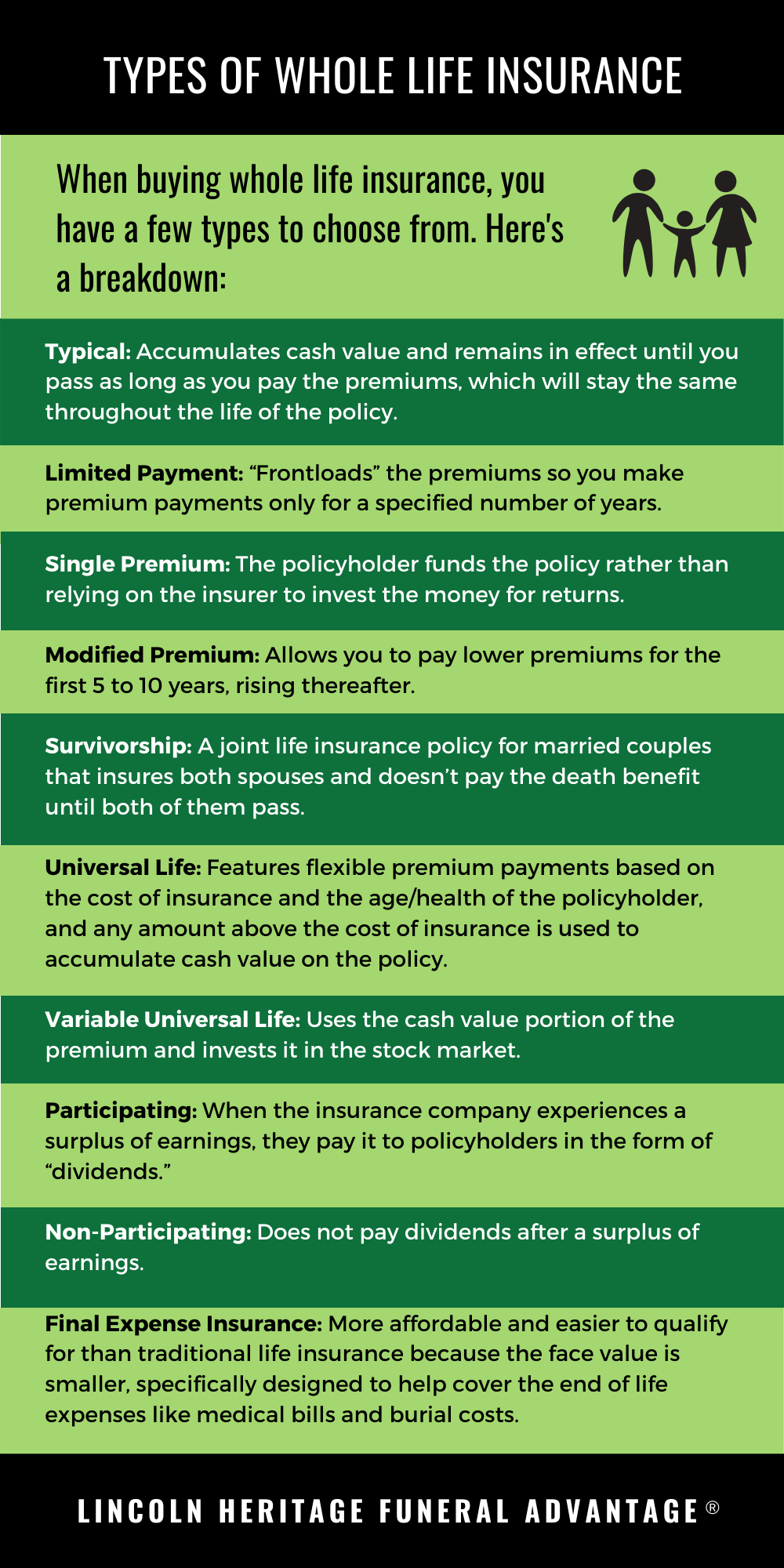What to Do After a Hit-from-Rear Car Accident
Getting rear-ended is never fun. It can leave you feeling shaken up, both physically and emotionally. And if the other driver takes off, it can be even more frustrating. But don’t panic! If you’ve been hit from behind by a car that flees the scene, there are some things you can do to protect yourself and your rights. Here’s what you need to know:
1. Stay Calm and Collect Information
After a hit-and-run accident, the first thing you need to do is stay calm. It’s natural to feel shaken up, but it’s important to keep your wits about you so you can gather as much information as possible. Here’s what you should do:
- Pull over to a safe location. If possible, pull over to the side of the road and put your car in park. This will help you avoid getting hit again and give you a chance to collect your thoughts.
- Check for injuries. First, check yourself for injuries. Once you’re sure you’re okay, check your passengers as well. If anyone is injured, call 911 immediately.
- Call the police. Even if you’re not injured, you should still call the police. They will need to file a report and investigate the accident. Be sure to give them as much information as possible, including the other driver’s license plate number, description of their vehicle, and any witnesses.
- Take photos. If possible, take pictures of the damage to your car and the scene of the accident. This will help the police and your insurance company investigate the accident.
- Get witness information. If there were any witnesses to the accident, get their names and contact information. Their statements can help the police find the other driver.
A Guide to Navigating the Aftermath of a Rear-End Collision
In the chaotic aftermath of a rear-end car accident, it’s easy to feel overwhelmed and uncertain about what to do next. However, by following a few crucial steps, you can mitigate the impact of the incident and protect your rights.
Steps to Take After a Rear-End Collision
**1. Ensure Safety and Report the Accident**
As soon as possible, pull over to a safe location and turn on your hazard lights. Call the police immediately to report the accident, even if it appears to be minor. A police report will serve as vital documentation for your insurance claim and any potential legal proceedings.
**2. Document the Incident Thoroughly**
Take extensive notes about the accident, including the time, date, and location. Exchange contact and insurance information with the other driver(s) involved. Take pictures of the damage to all vehicles, as well as the surrounding area. Gather witness statements if possible. These details will help you accurately reconstruct the events.
**3. Seek Medical Attention**
Even if you don’t feel any pain initially, it’s important to seek medical attention as soon as possible after a rear-end collision. Some injuries, such as whiplash, may not manifest symptoms immediately. A doctor can evaluate your condition, provide treatment, and document any injuries.
**4. Contact Your Insurance Company**
Inform your insurance company about the accident as soon as possible. They will guide you through the claims process and help you determine the extent of coverage. Be honest and accurate when providing details about the accident.
**5. Protect Your Legal Rights**
Depending on the severity of the accident and your injuries, you may consider consulting with an attorney. An experienced lawyer can advise you on your legal options and help you navigate the complex insurance and legal processes involved in rear-end collisions.
Hit From Rear Car Accident
What do you do if you’ve been hit by a driver who rear-ends your vehicle? The most important thing is to stay calm and make sure that you and any passengers are okay. Once you’ve done that, you can start to think about what to do next.
Who’s at Fault?
In most cases, the driver who rear-ends another vehicle is considered at fault. This is because the driver who is following has a duty to maintain a safe distance from the vehicle in front of them. However, there are some exceptions to this rule. For example, if the driver who was rear-ended was driving erratically or braking suddenly, they may be considered at fault.
Some factors that may be considered when determining fault in a rear-end collision include:
- The speed of the vehicles involved;
- The distance between the vehicles;
- The condition of the road;
- The visibility at the time of the accident;
- The actions of the drivers involved.
If you’re not sure who is at fault for your accident, you should contact an attorney to discuss your case.
What Should You Do After a Rear-End Collision?
If you’ve been involved in a rear-end collision, there are a few things you should do to protect yourself and your legal rights:
- Pull over to a safe location;
- Call the police;
- Exchange information with the other driver(s) involved;
- Take photos of the damage to your vehicle(s);
- Get medical attention if you’re injured;
- Contact your insurance company.
It’s also important to remember that you have the right to file a claim with the other driver’s insurance company, even if you’re not sure who is at fault. If you’ve been injured in a rear-end collision, you may be entitled to compensation for your medical expenses, lost wages, and pain and suffering.
Hit From Rear Car Accident: What to Do
Getting hit from behind can be a jarring experience, leaving you with injuries and car damage. But what should you do after a rear-end accident? Here’s a guide to help you navigate the aftermath:
Insurance Coverage for a Rear-End Accident
Your auto insurance policy should cover damages to your vehicle and medical expenses if you are injured. However, the coverage available to you will depend on the type of insurance policy you have. Here’s a breakdown:
- Liability-only coverage: This policy only covers damages to the other driver’s car and medical expenses if you are at fault for the accident.
- Collision coverage: This policy covers damages to your own vehicle, regardless of who is at fault for the accident.
- Comprehensive coverage: This policy covers damage to your vehicle from other incidents, such as theft, vandalism, or collisions with animals.
- Personal injury protection (PIP): This policy covers medical expenses for you and your passengers, regardless of who is at fault for the accident.
- Uninsured/underinsured motorist coverage: This policy covers damages and medical expenses if you are hit by a driver who is uninsured or underinsured.
It’s important to review your auto insurance policy carefully to understand what coverage you have and what your deductibles are.
Hit from a Rear-End Car Accident: What You Need to Know
Picture this: you’re minding your own business, driving along, when suddenly—BAM! You get rear-ended by another car. In the blink of an eye, your whole world is turned upside down. If you’ve ever been in a rear-end collision, you know that it can be a traumatic and confusing experience. But what should you do after being hit from behind? Here’s a quick guide to help you navigate the aftermath of this type of accident:
Stay Calm and Check for Injuries
First and foremost, it’s important to stay calm after a rear-end collision. It’s natural to feel shaken up, but it’s crucial to keep your wits about you. Once you’ve regained your composure, check yourself for injuries. If you or anyone else in your car is hurt, call 911 immediately.
Pull Over and Exchange Information
If possible, pull over to the side of the road and exchange information with the other driver. This includes your name, address, phone number, insurance information, and license plate number. It’s also a good idea to take pictures of the damage to both cars.
Report the Accident
Even if there are no injuries, it’s important to report the accident to the police. This will create a record of what happened and can help you file an insurance claim later on.
Seek Medical Attention
Even if you don’t feel injured immediately after a rear-end collision, it’s important to see a doctor as soon as possible. Some injuries, such as whiplash, can take days or even weeks to develop.
Contact Your Insurance Company
Once you’ve seen a doctor, contact your insurance company to file a claim. They will help you get your car repaired or replaced and cover any medical expenses.
Additional Considerations
If the other driver flees the scene, be sure to report it to the police and your insurance company immediately. Also, if you have any witnesses, be sure to get their names and contact information.
Conclusion
Getting hit from behind in a car accident can be a scary and overwhelming experience. But by following these steps, you can help protect yourself and your rights. Remember, it’s always better to be safe than sorry.
Rear-End Collision: What to Do After Being Hit From Behind
Being involved in a car accident can be a traumatic experience, especially if you’ve been hit from behind. The sudden impact and jolting motion can leave you dazed, confused, and in pain. In the aftermath of a rear-end collision, it’s crucial to take immediate action to protect your health, safety, and legal rights.
First and foremost, ensure your safety. If possible, move your vehicle to the side of the road to avoid further accidents. Check for any injuries, even if they seem minor. Don’t hesitate to call 911 if you or others are hurt. Once the authorities arrive, provide them with a clear account of the accident and exchange insurance information with the other driver.
Legal Options for Hit-from-Rear Accidents
If you’ve been injured in a hit-from-rear accident, you may have the right to file a personal injury lawsuit against the responsible party. Depending on the circumstances, you could be entitled to compensation for medical expenses, lost wages, property damage, and other damages.
1. Determining Liability
Establishing liability is crucial in hit-from-rear accidents. Usually, the driver who rear-ends another vehicle is presumed to be at fault. However, there may be exceptions, such as if the victim’s vehicle was stopped unexpectedly or was reversing without proper signaling.
2. Filing a Claim
To file a personal injury claim, you will need to gather evidence, such as a police report, medical records, and witness statements. You may also need to hire an attorney to represent you. An attorney can help you navigate the legal process, negotiate with the insurance companies, and maximize your chances of obtaining fair compensation.
3. Negotiating with Insurance Companies
Insurance companies often try to minimize payouts. It’s essential to negotiate with them aggressively while being realistic about what you can expect. Don’t accept the first offer without considering your expenses and future needs.
4. Going to Trial
If you can’t reach a settlement with the insurance company, you may have to go to court to pursue your claim. This can be a lengthy and expensive process, but it may be necessary to obtain the full compensation you deserve.
5. Seeking Medical Attention
Even if you don’t feel injured immediately after the accident, it’s crucial to seek medical attention. Some injuries, such as whiplash, may not appear until later. By getting checked out by a doctor, you can ensure that you get the treatment you need and document your injuries for legal purposes.
6. Protecting Your Legal Rights
Here are some key steps to protect your legal rights after a hit-from-rear accident:
Hit-from-rear accidents can be complex and stressful events. However, by taking prompt action and following these steps, you can protect your health, safety, and legal rights.




Leave a Reply